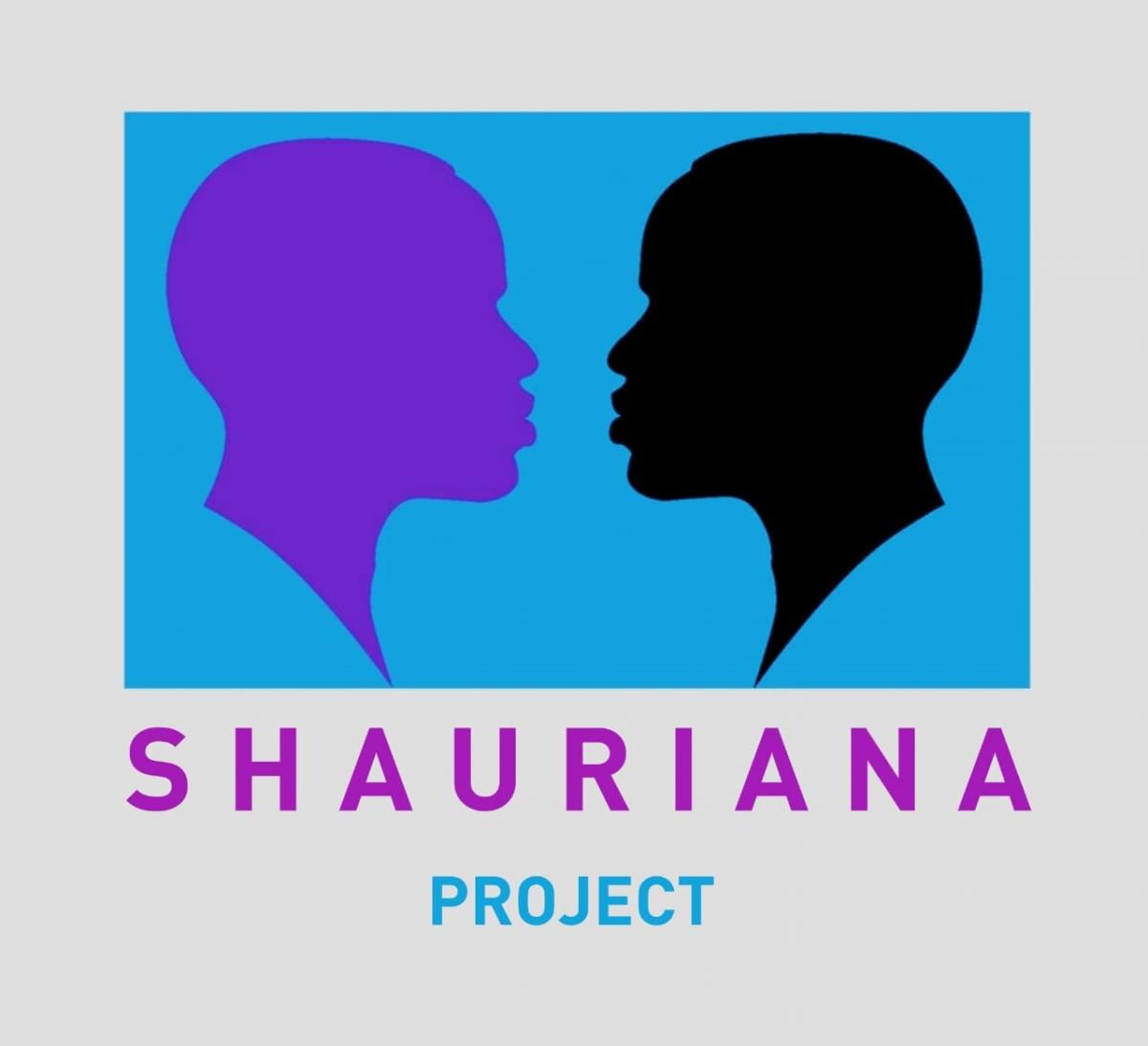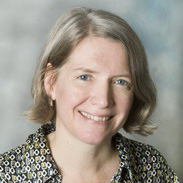In late-May of 2019, Kenya’s high court voted to uphold laws criminalizing homosexual sex. This news was pertinent to Susan Graham, an Associate Professor in the UW Departments of Global Health and Medicine whose research focus is on HIV prevention and care for vulnerable populations. Graham began working in Kenya in 2004, and started research on HIV prevention and care for gay, bisexual, and other men who have sex with men (MSM) there in 2006.
The ruling came after a three-year struggle between the court and Kenyan civil rights activists, who were pushing for the court to abolish two penal codes from the colonial era, which state that homosexual sex is “against the order of nature” and carries a felonious charge of 14 years in prison. Graham is currently working closely with NYARWEK — an LGBTQI coalition that was one of the plaintiffs and plans to appeal the court’s decision — on a three-year grant using a community-based participatory approach to adapt an MSM-tailored intervention to promote sexual health and HIV prevention, including pre-exposure prophylaxis (PrEP).
When you first started your work in Kenya, what sort of projects were you doing?
My first project involved a study of genital HIV shedding among women initiating antiretroviral therapy (ART). HIV treatment was just becoming available then (around 2004), and I helped set up an HIV treatment program at the University of Washington/University of Nairobi Women’s Health Project in Mombasa, which studied HIV risk among female sex workers. I started to collaborate with another research group at the Kenya Medical Research Institute (KEMRI) that was supported by the International AIDS Vaccine Initiative. Some of the women recruited for research at KEMRI brought male friends who were sex workers and asked if they could also enroll. We started to ask the men about their clients and realized that most of the male sex workers had male clients. At that time, there wasn’t much research on MSM in Africa, and we started work to assess their HIV risk and identify their needs.
What sparked your decision to work with Kenyan MSM, specifically in relation to HIV treatment?
We noticed that the men in our HIV treatment cohort at KEMRI did not do as well after starting ART and struggled to stay on treatment. A common approach to treatment support in busy clinics in Kenya was to simply give patients the pills they needed and tell them, ‘You need to take all of these. Don’t forget.’ That just didn’t seem to work for this group even in our clinic, which was considered gay-friendly. So I applied for a three-year grant from the National Institutes of Mental Health and ended up developing and pilot testing an adherence intervention that combined motivational interviewing by staff with support from trained peers who were living with HIV. That intervention, called “Shikamana” (to form a bond or stick together), was successful at increasing viral load suppression among men assigned to the intervention arm.
What did you learn about the LGBTQI population in regard to the medical treatment they were receiving, as well as how Kenyan society viewed them?
We learned that gay men faced pervasive stigma and discrimination, more so even than the female sex workers we had worked with. Housing was unstable for many, and several had been kicked out of school. There was a group that called themselves “survivors” who were basically homeless and living on the beaches selling sex. Since that time, a number of LGBTI organizations have formed, and advocacy by these groups has increased awareness and created safe spaces where individuals on the LGBTQI spectrum can express themselves freely and get services. NYARWEK is one such group — it was established in Kisumu in 2009 with the motto, “Let good be told in us.”
What sort of things are you hoping to accomplish with this three-year grant you recently received?
For the current project, we’re trying to enable people to stay HIV free. We are adapting the Shikamana intervention for HIV prevention using a community-based participatory approach, with the assumption that the community itself knows best how to prevent HIV infection in its members. The new intervention has a name and log chosen by the community: we call it the “Shauriana” (we advise ourselves) Project. In June, we held a series of meetings with the local community to start the “ADAPT-ITT” process, which is where you take an existing intervention and adapt it for the needs of a specific target group.

What sort of changes have you witnessed in terms of societal shifts?
Change is happening not only due to advocacy work by the LGBTQI community, but also through greater awareness of the LGBTQI community in Kenyan society in general. If you talk to young Kenyans, they are much more accepting of people on the LGBTQI spectrum than their elders. That sort of generational change will hopefully push actual change in Kenya towards a more open and accepting society.
What is the ultimate goal for NYARWEK and the LGBTQI community?
NYARWEK is very engaged in a number of projects to support the LGBTQI community, of which the Shauriana Project is only one part. For the Shauriana Project to be successful, the policy climate in Kenya is important. How can we reach men with HIV prevention information if so many are afraid to disclose same-sex behavior? How careful do we have to be about advertising project activities? In the end, NYARWEK and its partners, including the Kenyan National Gay and Lesbian Human Rights Commission, have a long struggle ahead of them in fighting for LGBTQI rights and addressing community needs related to sexual, mental, and physical health. I hope that the Shauriana Project can make a small contribution to that effort.
